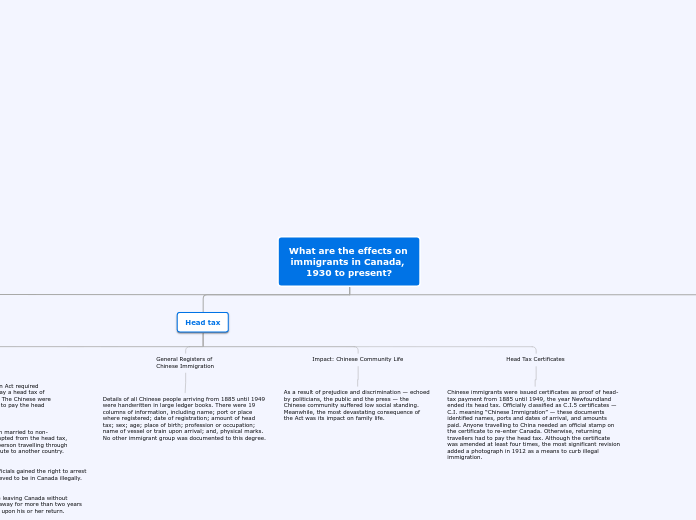BANKRUPTCY CODES
CHAPTER 15
Is designed to make legal proceedings of international bankruptcies more predictable and fair for debtors and creditors
CHAPTER 13
Put on a payment plan for up to 5 years
CHAPTER 7
All debts forgiven "A Fresh Start"
BANKRUPTCY REFORM ACT 2005
REASONS FOR BANKRUPTCY REFORM
Debtors' Ability to Repay Debt
Some bankruptcy filers are able to repay a majority of their debts
Potential Bankruptcy Abuse
Debtor's have been abusing the system
Losses Associated with Bankruptcy Filings
More than $44 billion of debt was discharged in 1997
Increase in Bankruptcy Filings
Filing has become a trend instead of an embarrassment
Interest Groups
The 2005 bankruptcy bill was opposed by a wide variety of groups
Editorial pages of many national and regional newspapers
"The bill simply doesn't balance responsibility between families in debt trouble and the creditors whose practices have contributed to the rise in bankruptcies," said Travis Plunkett of the Consumer Federation of America
Retired bankruptcy judges
Legal scholars
Consumer advocates
Consumer advocates believe it is a gift for creditors
Support for the act mostly came from banks, credit card companies, and other creditors
Tom DeLay also favored the legislation
The bill was supported by President George W. Bush
Joe Biden, Chris Dodd, and Hillary Clinton helped pass this bill
Lawmakers who agree with the reform believe it will prevent people from abusing the bankruptcy laws
Senator Chuck Grassley of Iowa
He was chairman of the Senate Finance Committee
FACTS
Less people will be able to file under Chapter 7. They will have to file under Chapter 13
In 2004 there were 445,574 Chapter 13 filings.
In a Chapter 13 bankruptcy, you're put on a repayment plan of up to five years. Any debts not addressed by the repayment plan do not have to be paid.
Since many people who file for Chapter 7 don't have any assets that can be liquified, credit card companies and other creditors sometimes get nothing
In 2004, over 1.1 million people filed for Chapter 7, accounting for roughly 72 percent of non-business bankruptcies
MAJOR CHANGES
Determining what you can afford to pay
The court will apply living standards acquired from the IRS to determine how much you have available to pay your debts
If filing under Chapter 7 or 13, tax returns from previous years must be shown for proof
Tougher homestead exemptions
Some people may only exempt up to $125,000 if their home was bought less than 40 months before filing or if the filer has violated any security laws or been found guilty of certain criminal conduct
Lawyer liability
Lawyer will be fined if client's information is inaccurate
BUSINESS RELATED ISSUES
Creditors can ask a debtor in bankruptcy for the return of inventory shipped
Goods can now be returned within 45 days, rather than 20 days, by companies that have sold using credit.
INTERNATIONAL BANKRUPTCY
This act creates the Chapter 15 which deals with international bankruptcies.
SUPER DISHCHARGE
This is no longer permitted
RETIREMENT FUNDS
Can be exempted by the debtor under either federal or state exemptions
CREDIT COUNSLING
You must meet with a credit counselor in the six months before applying for bankruptcy + attend a money management class
SERIAL FILERS
Can only file a Chapter 7 bankruptcy once every eight years
Must wait at least three years after filing a Chapter 7 bankruptcy before filing a Chapter 13
Individuals and business may only file a Chapter 13 once every two years
CREATING "MEANS TESTING"
Eligibility to file under Chapter 7
Income will be subjected to a 2 part means test. It will exempt certain expenses such as rent and food.









